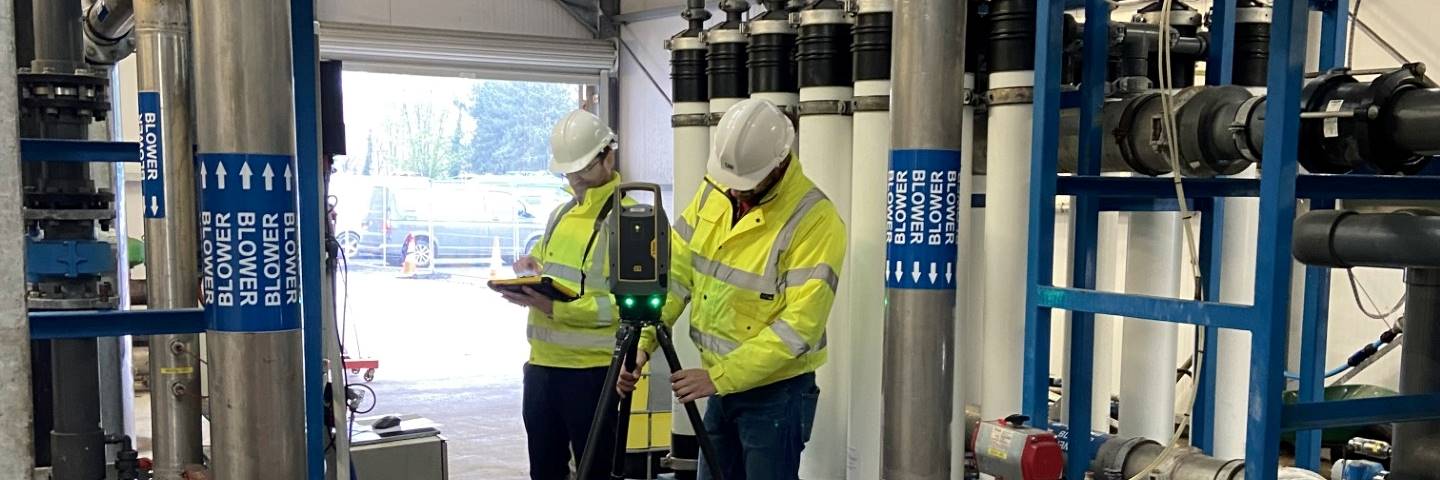Back to basics: Ladder Safety

Falls from height remain one of the leading causes of workplace fatalities and serious injuries in Ireland. At CAW, we have robust processes, specialist equipment, and ongoing training in place to manage the risks associated with working at height. This month, we’re going “Back to Basics” by putting the spotlight on ladder safety, an area where complacency can creep in, despite the high risk.
According to the Health and Safety Authority (HSA), falls from ladders account for up to two fatalities and 220 injuries annually. This figure doesn’t include non-reportable incidents, which means the real number could be significantly higher.
CAW’s Ladder Safety Initiative
Our ladder safety campaign goes beyond reminders and refresher training. As a management team, we’ve committed to a comprehensive site-wide review to ensure ladders are being used safely and appropriately. Key activities include:
- Hosting a Ladder Safety Workshop
- Conducting a full audit of all ladders on site
- Logging all appropriate ladders and identifying those needing replacement
- Updating ladder storage areas and ladder tags
- Purchasing new ladders where needed
- Delivering Toolbox talks across our teams
Planning Work at Height
Any task involving work at height must be properly planned and supported by a Risk Assessment. Ladders should only be used when the assessment shows that other equipment (like mobile platforms or scaffolding) is not practical.
It’s equally important to pause and reassess when a task unexpectedly requires working at height. If stepping up becomes necessary mid-task, work must stop until the right equipment is selected and the risk is reassessed - never reach for whatever’s “close to hand.”
Ladder Safety: Do’s and Don’ts
Here are some essential reminders to help keep yourself and your colleagues safe, following the HSA Guidelines:
✅ Do’s
- Inspect the ladder for defects or damage before each use.
- Set up on firm ground (never on a moveable surface, pallet, block or scaffolding).
- Secure the ladder firmly.
- Maintain a strong upper resting point.
- Have the ladder at a safe angle (1 out of every 4 units up).
- Only use for a short time (less than 30 mins).
- Only use for light work, requiring minimal tools or equipment.
- Grip the stiles and have both hands free when climbing.
- Maintain 3 points of contact and keep your belt buckle between the styles and both feet on the same rung.
⛔Don’ts
- Never overreach.
- Don’t carry equipment in your hand. Consider a different method if tools and equipment are required (or wear a toolbelt to carry light tools).
- Do not carry out work that requires you to lean sideways.
- Do not work on the top three rungs or the top two steps of stepladders..
- Do not straddle an A-frame ladder.
- Do not move a ladder while standing on the rungs.
- Do not slide down the stiles or skip steps.
- Do not extend a ladder while standing on the rungs.
-
Ladder safety is a shared responsibility across the construction industry. At CAW, we believe that by going back to basics and reinforcing simple, practical steps, we can help prevent serious incidents and promote a culture of safety. As part of Construction Safety Week,#CIFSafety25, we’re proud to share our approach not just to support our own teams, but to contribute to wider industry awareness.
We hope this article offers useful insights and encourages others to take a fresh look at ladder safety in their own workplaces. Let’s stay vigilant, follow best practices, and continue looking out for one another.


